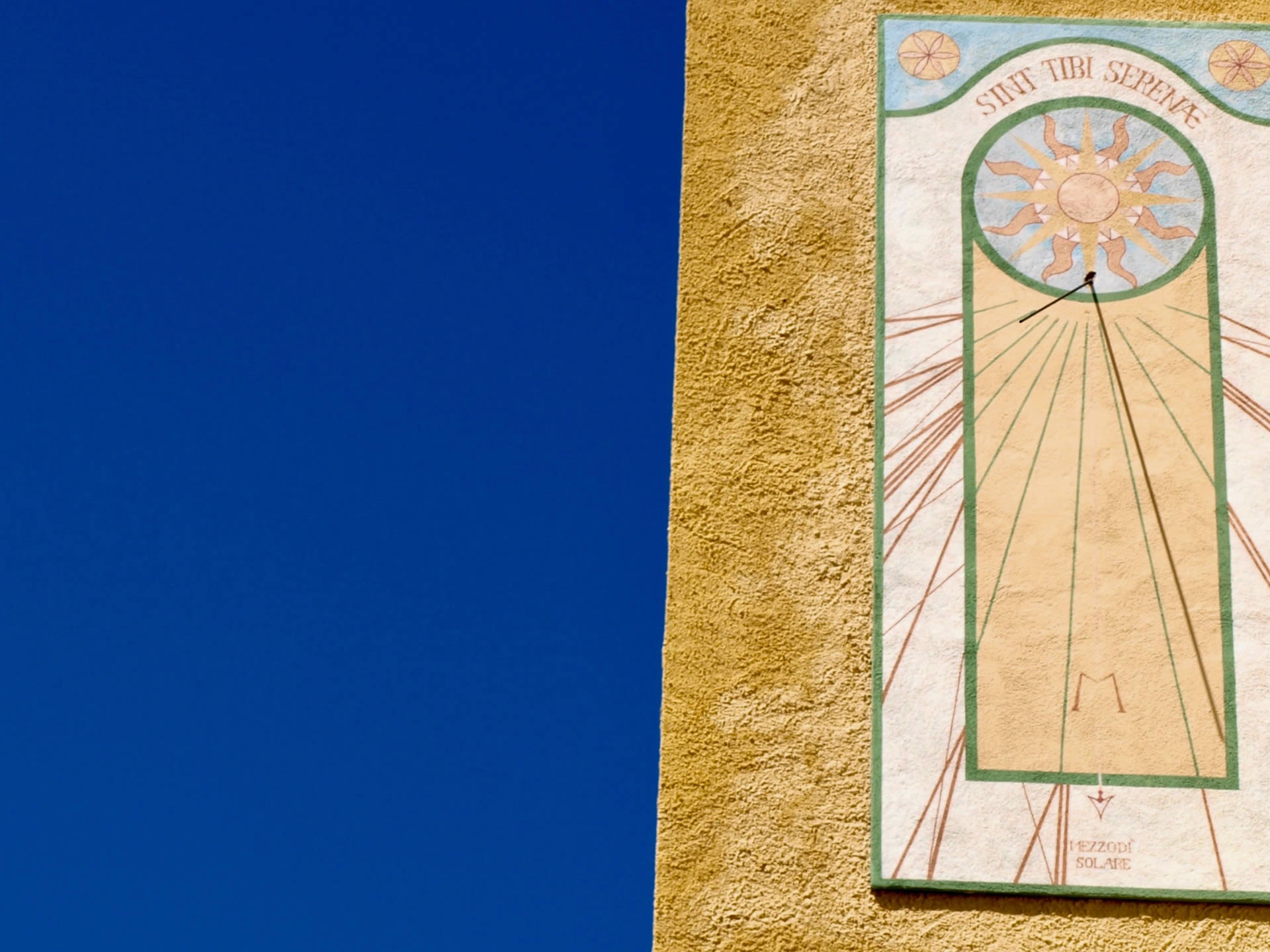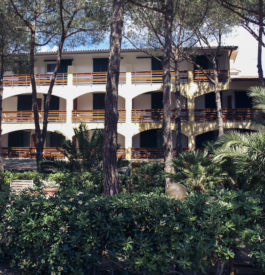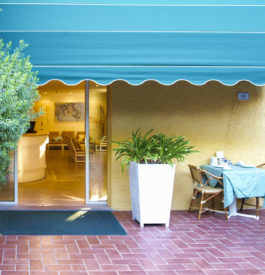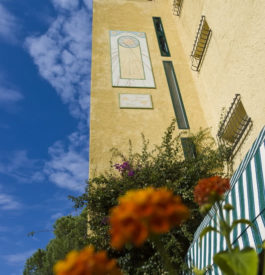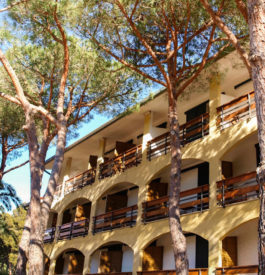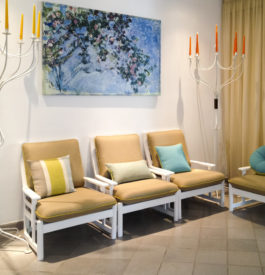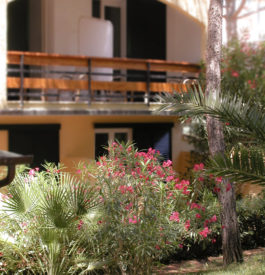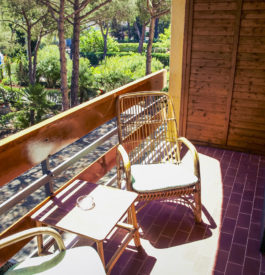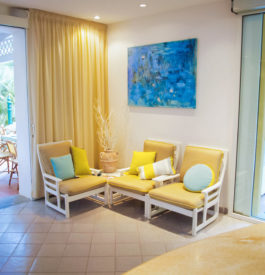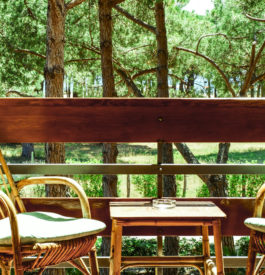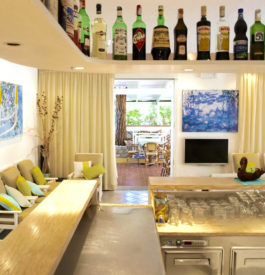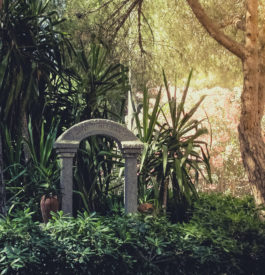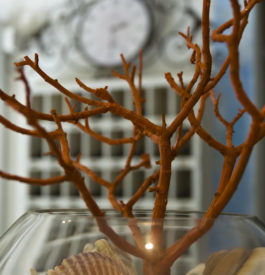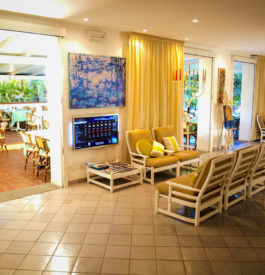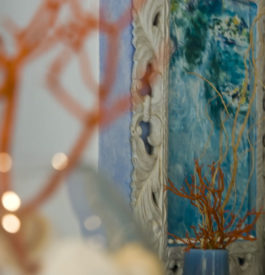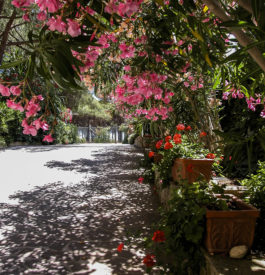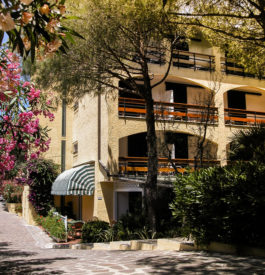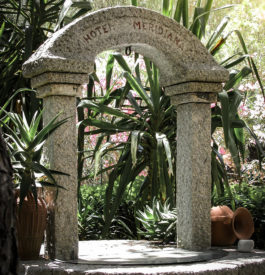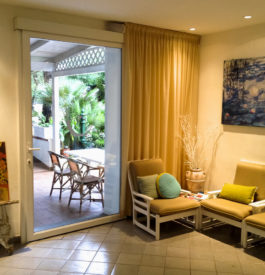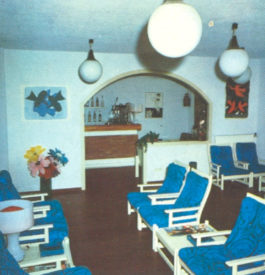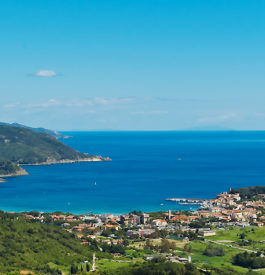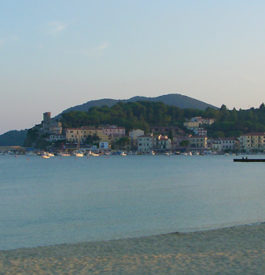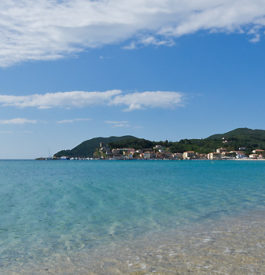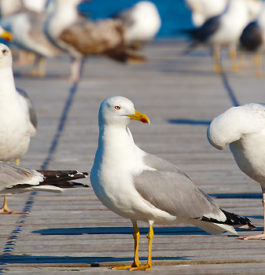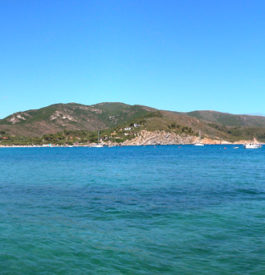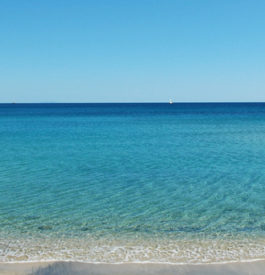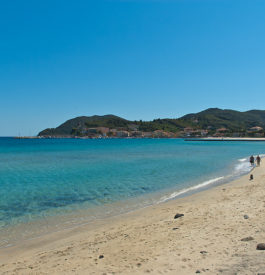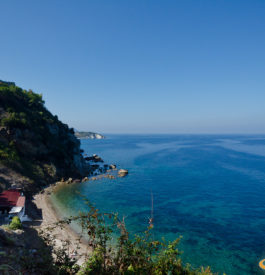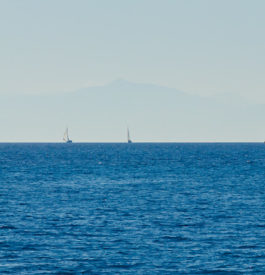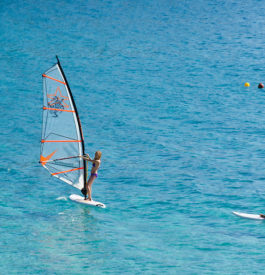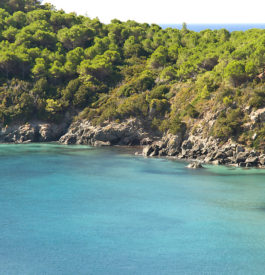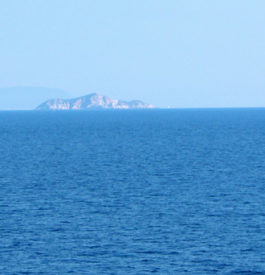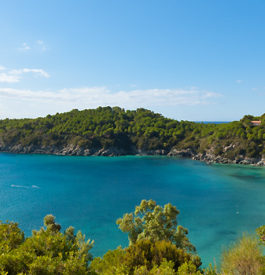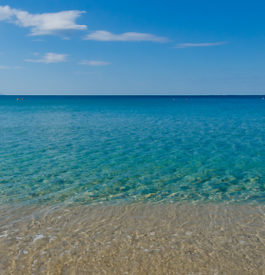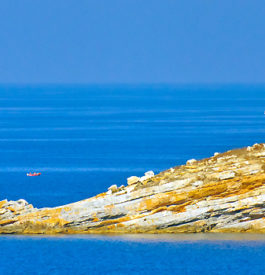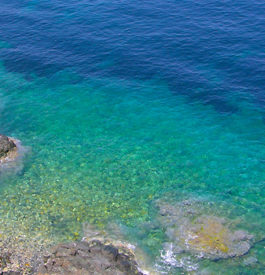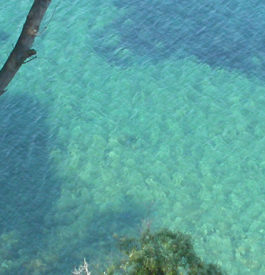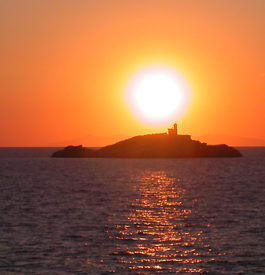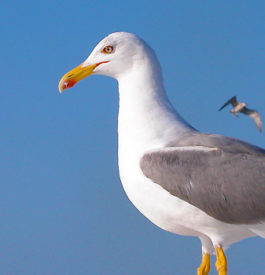How to reach us
BY CAR
From North: Motorway A12 Genova – Livorno Exit Venturina – Isola d’Elba follow the indication sign in direction Piombino Marittima
From North-East: Motorway A1 Bologna – Firenze -Pisa – Livorno (direction to Rome) Exit Venturina – Isola d’Elba follow the indication sign in direction Piombino Marittima
From South: Motorway A12 Roma – Civitavecchia Exit Venturina – Isola d’Elba follow the indication sign in direction Piombino Marittima
BY PLANE
The Airport is situated about 2 km. from Marina di Campo: www.elbaisland-airport.it
Bodensee-Airport Friedrichshafen: www.bodensee-airport.eu
BY BUS
Moving by bus service on Elba. The mileage for the trip from Portoferraio port to Marina di Campo are 11 miles in 35 minutes. The nearest bus stop is close Via Elba, 300 mt. far from Hotel Meridiana: www.livorno.cttnord.it
Photo Gallery Hotel Meridiana
Marina di Campo and surrounding area
Get to the fine grain sand beach
Hotel Meridiana offers you the convenience of being near the sea and the tranquility of the pine forest, the greenest residential area of Marina di Campo. Just a few steps will take you to the fine sand beach, which has both bathing establishments and free zones.
In 800 meters you will find the bustling town center with numerous restaurants, nightclubs, and tourist services. To get to know Elba better, every point is easily accessible from Marina di Campo; also various sea excursions leave from the small marina.
See you there!
The History of the Island of Elba
According to legend, Venus, the goddess of love and beauty, emerged from the waters adorned with a gleaming pearl necklace, from which fell seven pearls into the sea, forming seven stunningly beautiful isles in the Tyrrhenian Sea: Elba, Giglio, Capraia, Giannutri, Gorgona, Montecristo, and Pianosa.
Elba is the largest island of the Tuscan Archipelago; its easily accessible coastline and the beauty of its landscape have made it an international tourist destination since the 1960s. Elba’s fascinating history dates back to ancient times: Latin speakers named the island Ilva, after its original inhabitants the Ilvates, which then gave rise to its modern name of Elba. Before that, the ancient Greeks called it Aithàle, Aithàleia, and Aithalìa “smoky” for the tall plumes of smoke emitted from the furnaces where the iron ore hematite was smelted.
Already 4000 years ago, when man knew only how to produce copper by melting together cuprite and silver-bearing chalcopyrite, Elba was a fervor of furnaces tended by industrious and expert metallurgists. Later, bronze – an alloy of copper and tin – and then iron were also produced here.
The Etruscans took possession of the inexhaustible iron mines of the island, followed by the Romans. They were attracted by the mineral resources that were so rich as to be considered inexhaustible, as noted by the poet Virgil in the Aeneid: insula inexhaustis Chalybum generous metallis “an island rich in inexhaustible iron mines.”
Evidence of ancient splendor is provided by the presence of large Roman villas – especially the very luxurious ones in Le Grotte and Cavo – in the Bay of Portoferraio, built between the first century B.C. and the first century A.D., of which only a few ruins remain.
Elba continues to be a mineralogical treasure trove: 150 different types of minerals can be found here, including pyrite, which is the most well-known due to its perfectly geometric crystals, as well as magnetite, which disturbs compass needles, and ilvaite, which exists only on Elba.
The last mines on Elba, located in Rio Marina, closed in 1981. The Mineral Park of Elba Island was established to tell the mining history of Elba. The park’s highlights include the open-pit mines in Rio Marina and Rio Albano and the underground Ginevro mine, where visitors, accompanied by guides, can descend to a depth of more than ninety meters.
There are three museums that preserve photographs, documents, tools, and reconstructions: the Museum of the Old Workshops in Calamita, the Alfeo Ricci Mineral Collection in Capoliveri, and the Erisa Gennai Tonietti Mineral Museum in Rio Marina.
Due to the island’s very strategic geographical position and its extensive mineralogical heritage, throughout the ages it has experienced a succession of Mediterranean peoples and civilizations, culminating in the historically significant stay of Napoleon Bonaparte who, despite his brief time on the island, established its cultural uniqueness. The Principality of the Island of Elba was established on April 13, 1814 and existed until March 1, 1815; in fact, just a few days earlier on February 26, 1815, Napoleon left Elba for his return to France. Napoleon’s frenetic activity resulted in the construction of new buildings and walls as well as railroad tracks, which had not existed on the island until then; moreover, new resources were allocated to the iron industry, the fishing industry, and agriculture. He was responsible for the inclusion on Elba’s traditional flag of the famous three golden bees, a symbol of his three faithful dignitaries who ruled the island together with him under the Latin motto Ubicumque Felix “Happy Anywhere.”
Elba enchants its visitors with its mild climate, its restful and varied landscapes, its rocky and sandy beaches, its charming countryside, and its hospitable and welcoming tourism facilities. Vegetation, soil, landscapes with small and large coves, cliffs and golden beaches, tiny villages situated between livelier towns, and extensive wooded areas: every detail of the island can be a chance for discovery.
If you wander along the paths through the maquis shrubland, you will find a virtually pristine landscape surrounded by crystal clear waters. In fact, since 1996 the island has participated in the project of the Tuscan Archipelago National Park, the largest marine park in Europe located within the boundaries of the International Pelagos Sanctuary for Mediterranean Marine Mammals.
